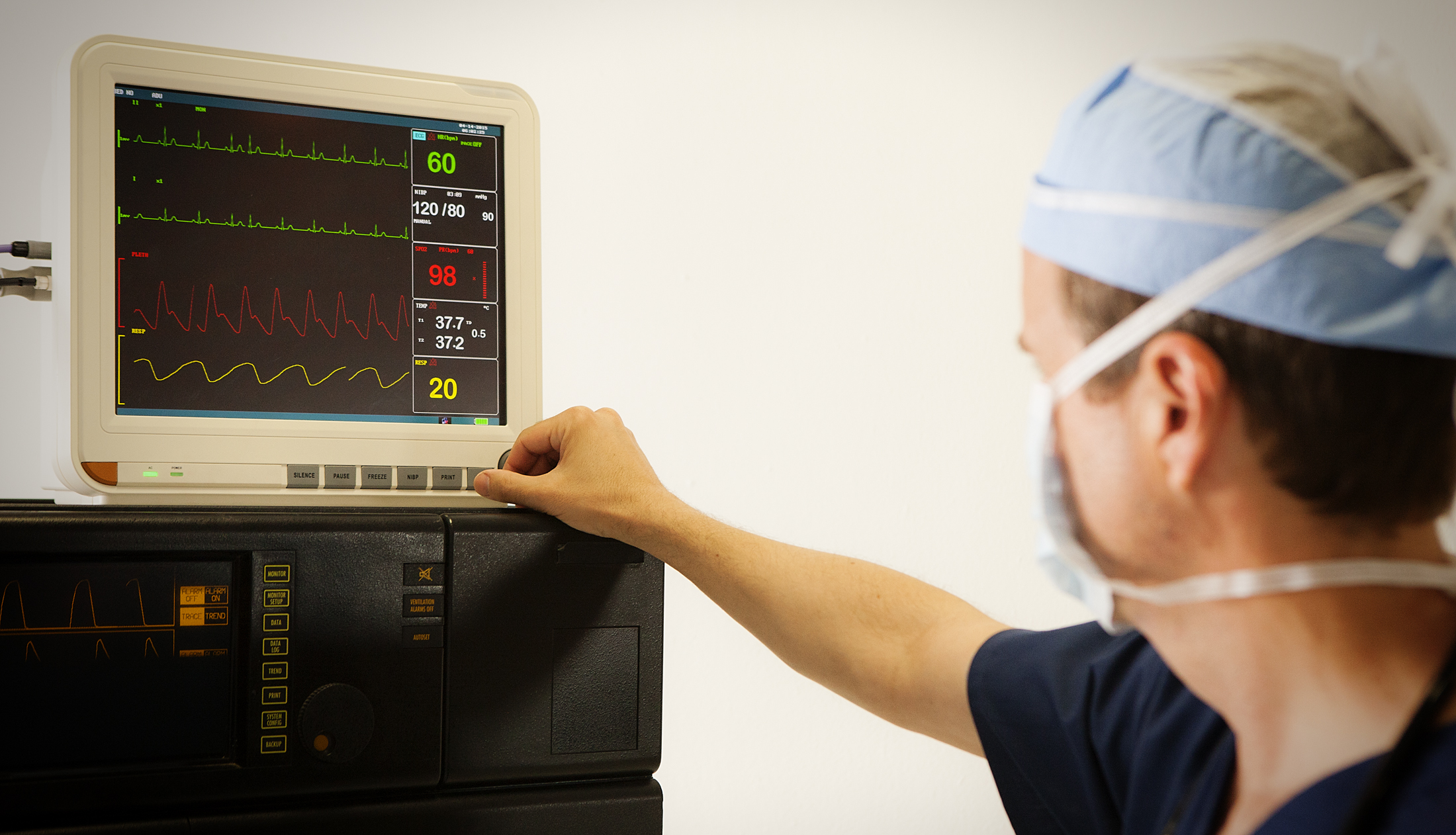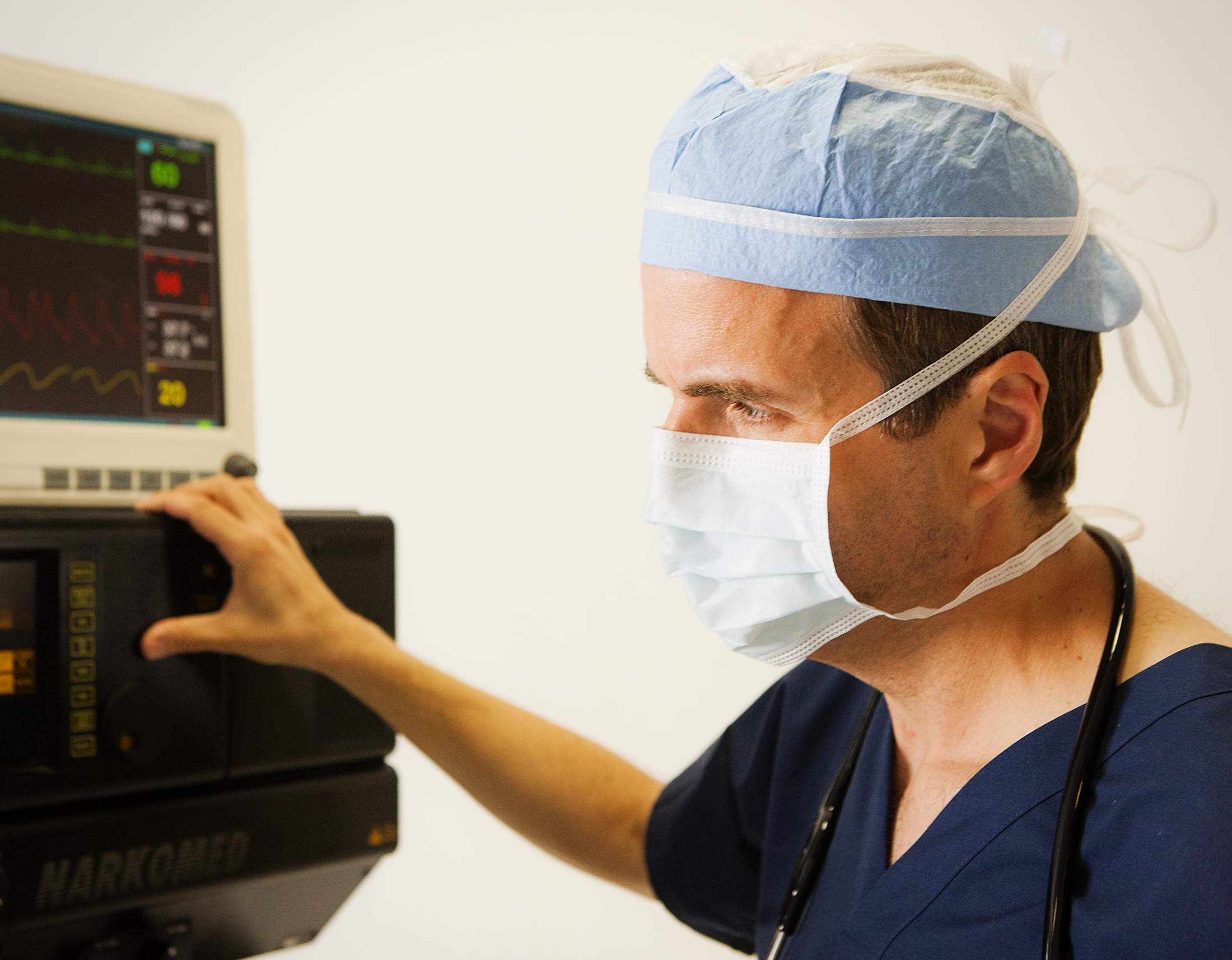
The Physician Quality Reporting System (PQRS), established under the Tax Relief and Healthcare Act of 2006 by the Center for Medicare and Medicaid Services (CMS), was officially made permanent in 2008 under the Patients and Providers Act. The program was implemented in order to give health professionals a standardized way to report data on the quality of care provided to their Medicare patients.
The purpose of PQRS is to give eligible professionals, EPs, an efficient way of assessing the quality of the care provided to their patients and make sure an appropriate standard of care is being administered. The program allows EPs to quantify how often they meet various health standard metrics and serves as a comparison among peers in a particular field. Additionally, data gathered through PQRS is used to update Physician Compare, a website run by CMS to help patients find health care professionals enrolled in Medicare and make informed decisions in selecting providers. Currently, patients are able to use the website to compare group practices across various specialties. Tools to compare individual physicians and other health care professionals will be available in the future.
Up to this point, PQRS has been implemented through the use of payment initiatives. EPs who meet the necessary criteria receive payment equal to 0.5% of their total estimated Medicare Part B PFS allowed charges furnished during that same reporting period. The types of measures reported change from year to year and vary among specialties. Typically, the measures focus on four key areas: care coordination, patient safety and engagement, the clinical process and its effectiveness, and public health within the targeted population. Professionals have the option of reporting quality information through one of five methods: Medicare Part B claims, the qualified PQRS registry, the Direct Electronic Health Record, CEHRT via the Data Submission Vendor, and the Qualified Clinical Data Registry (QCDR).
Medical professionals are encouraged to choose the reporting method most appropriate for their practice. CMS has made available an implementation guide to assist in the process of selecting a reporting method as well as explain the criteria necessary for each option.
The American Society of Anesthesiologists (ASA) recommends that anesthesiologists in particular carefully review the available reporting mechanisms, as they especially practice in a diverse variety of settings or groups that may benefit from different reporting options. Anesthesiologists must report nine PQRS measures across three different domains. If a provider is unable to adequately report nine measures, he or she will be required to pass the MAV, or Measure-Applicability Validation process, in accordance with several guidelines.
Several important updates have been recently been made to PQRS to modify and improve its efficiency. In 2014, EPs received the opportunity to earn an extra 0.5% in incentives in addition to the PQRS incentive by working with a Maintenance of Certification entity. Details about the program can be found on the Medicare website. Furthermore, starting with the 2015 reports, the Affordable Care Act (ACA) calls for providers who do not participate in PQRS to receive a 2% penalty, or “payment adjustment”. This legislation aims to further encourage physicians to report their quality of information in a timely manner and allows CMS to derive more accurate statistics based on a larger pool of data.
References:
https://www.medicare.gov/physiciancompare/staticpages/data/pqrs.html




